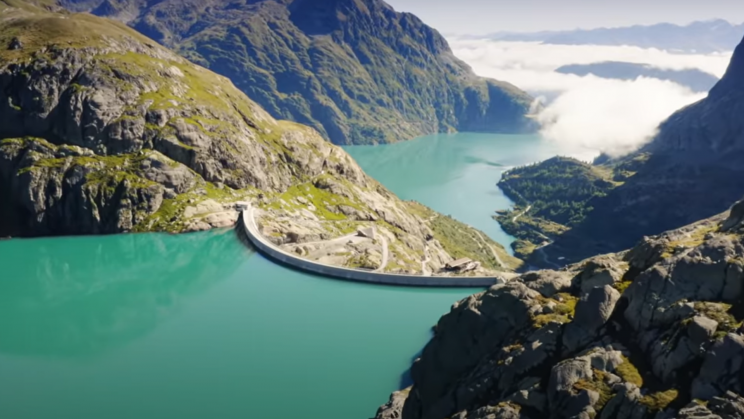Researchers at MIT are beginning to mine the inherent energy difference between “salinity gradients” in ocean and fresh water to produce energy through a process called Pressure Retarded Osmosis (PRO). It is estimated that if this resource can be harnessed it will produce more than 1,600 TW/hr of energy per year or about half the current annual power generation of the European Union.
Generating Power Where World’s Rivers Meet Oceans
PRO involves membranes, water treatment equipment, pressure exchangers, turbines and generators. According to MIT researchers, “through osmosis water from a less salty stream of water crosses a membrane to a saltier side creating a flow of water that can be sent through a turbine thereby creating power.” The process is a natural phenomenon where freshwater on one side of the membrane will naturally flow through the membrane toward water with a higher salinity to “equal out” the salinity between the two sides. The water flows creating pressurized water which is run through a turbine, generating electricity.
The idea for spreading the technology includes creating osmotic power plants in the basements of existing factories where rivers run into the sea. It is estimated that an osmotic power plant the size of one American football field would provide enough energy to power 30,000 European households.
Related articles on IndustryTap:
- Solar Energy Cost Has Dropped 90%, “Alternative” Now “Mainstream”
- Worldwide Water Shortage Spells Doom for Big Energy, Boon for Renewables
- Is Thorium the Safer, Cleaner, More Powerful Alternative to Fossil Fuels?
- How Can Mushrooms Help Lower Your Energy Bill?
- Renewable Energy Projects Aren’t Always the Solution
- China’s Grid-Scale Energy Storage Investments Reach $500 Million Per Year
- China’s Energy Industry Water Use to Double By 2035
- Elon Musk’s Low Energy Hyperloop Project Concept Ready For San Francisco, Los Angeles Corridor
- Bloomberg Announces 2013 New Energy Pioneers From Around The World
- Hydroelectricity a Growing Source of Renewable Energy Worldwide
References and related links:






